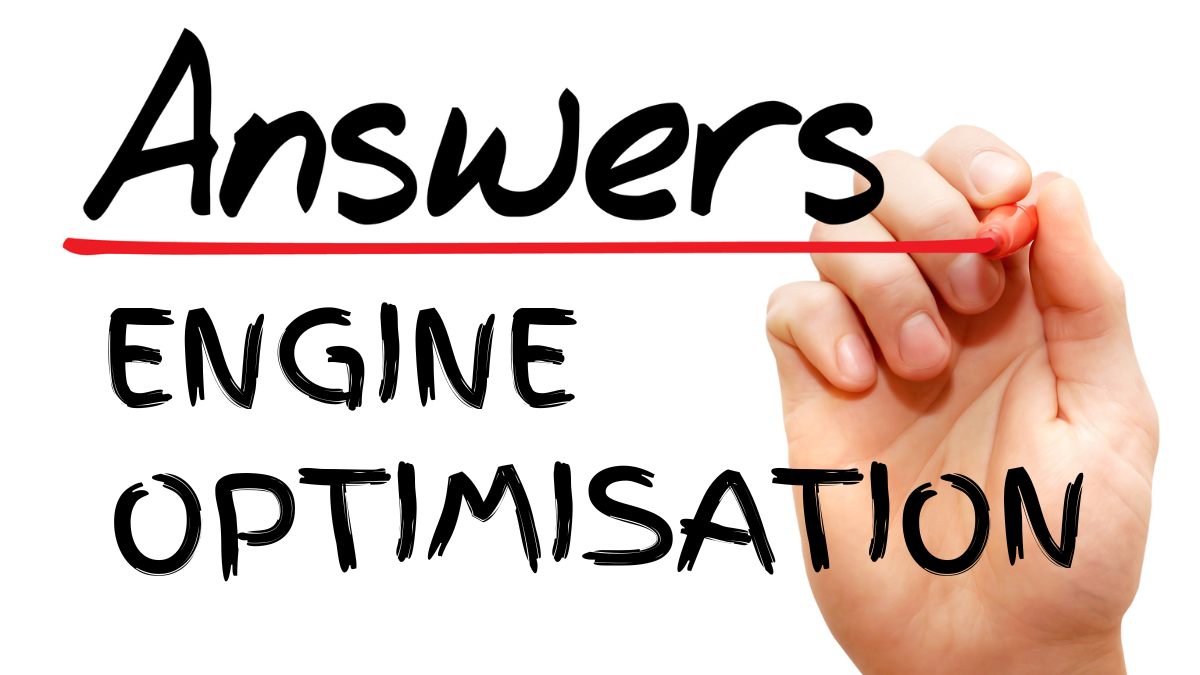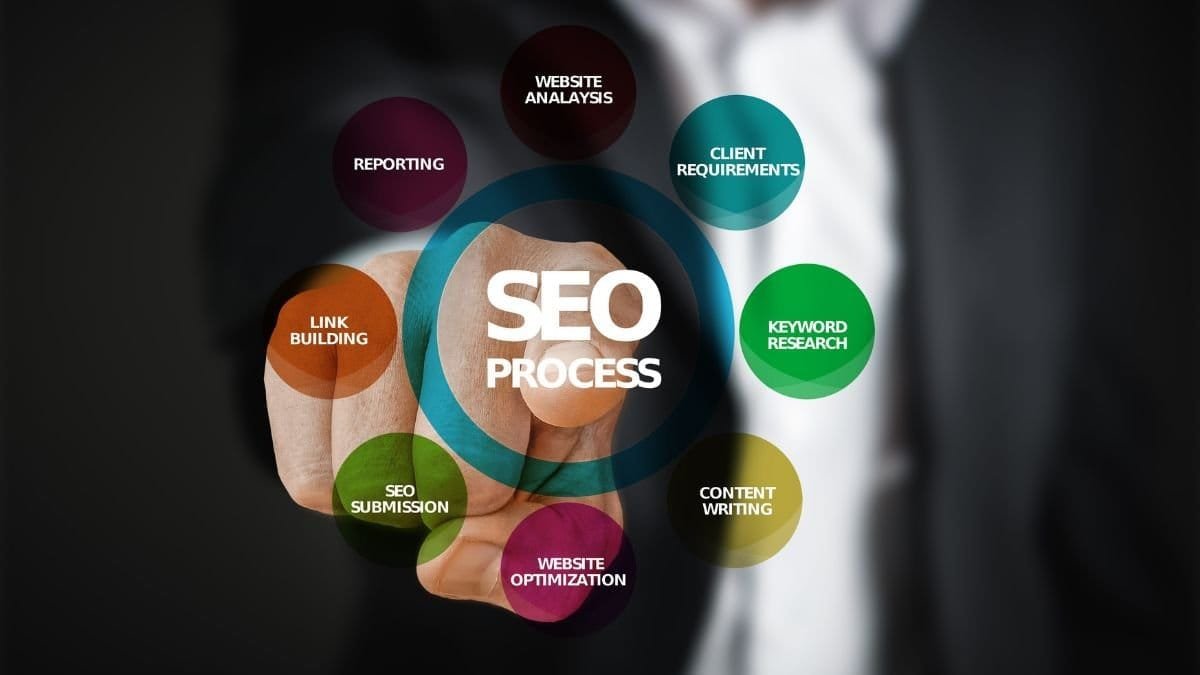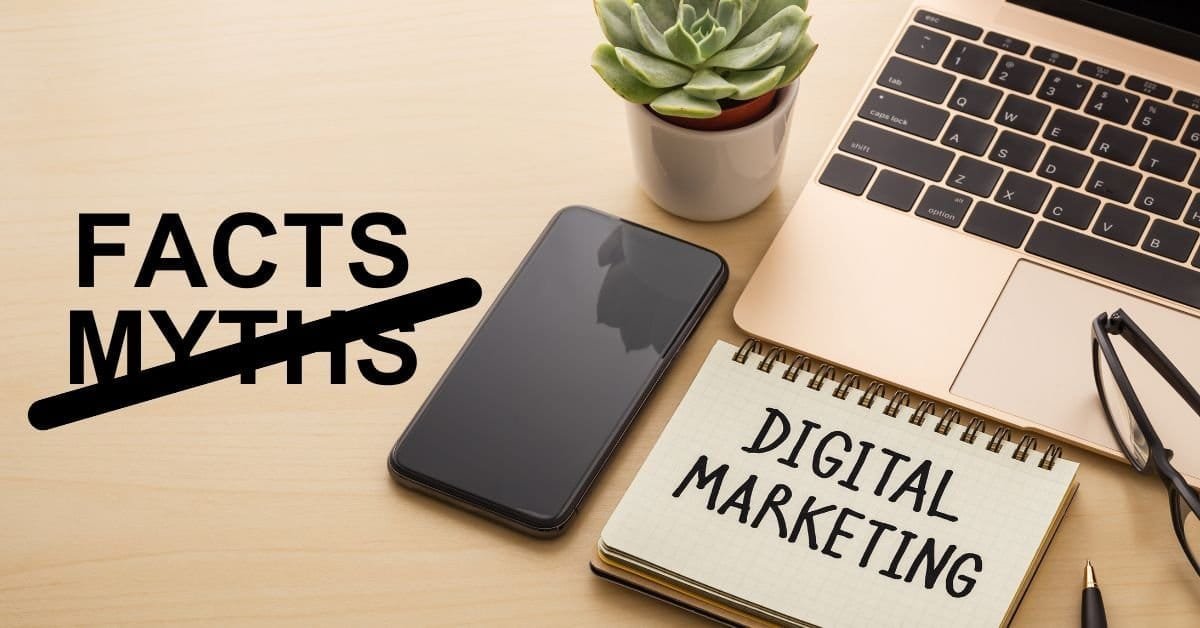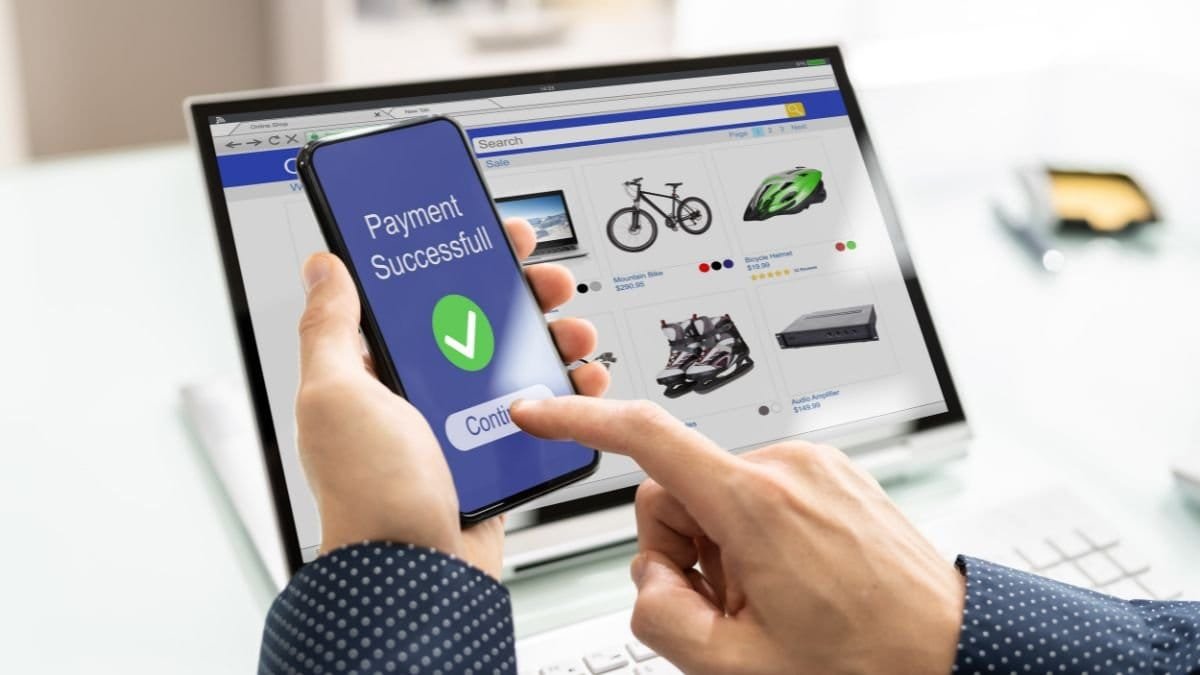Search engine optimization (SEO) is an essential component of digital marketing, encompassing techniques used to enhance a website’s position in search engine results pages (SERPs) for relevant keywords. SEO has the potential to drive significant organic traffic, resulting in increased visibility, leads, and sales. As the digital landscape continues to evolve, understanding foundational SEO concepts is crucial for success. In this comprehensive guide, we explore 10 essential SEO terms and strategies every marketer should know and apply in 2025.
1. Keywords
Keywords are the cornerstone of SEO—the search terms users enter into search engines to find information. Effective SEO begins with researching and selecting relevant keywords to optimize website content.
Why Keywords Matter
-
Keywords help businesses understand what their target audience is searching for.
-
Strategically optimized keywords enhance content visibility and SERP rankings.
Tools for Keyword Research
-
Google Keyword Planner: Offers insights into search volume, competition, and keyword suggestions.
-
SEMrush and Ahrefs: Provide advanced features for keyword analysis, competitive research, and SEO strategy development.
Best Practices
-
Incorporate keywords naturally within titles, headers, and content.
-
Focus on long-tail keywords for higher conversion rates.
-
Regularly update keywords based on evolving search trends.
2. On-Page Optimization
On-page optimization involves enhancing individual web pages to improve their search engine rankings. This process includes optimizing page titles, meta descriptions, header tags, and content.
Key Components
-
Page Titles and Meta Descriptions: Concisely describe page content while including target keywords.
-
Header Tags (H1, H2, H3): Structure content for better readability and SEO value.
-
Content Quality: Create high-value, user-centric content that addresses audience needs.
Actionable Tips
-
Use descriptive, keyword-rich meta tags.
-
Optimize images with alt text and compress files for faster loading.
-
Ensure mobile responsiveness and fast loading times.
3. Off-Page Optimization
Off-page optimization refers to activities performed outside of a website to enhance its search engine ranking. These efforts build authority and drive traffic through external signals.
Key Strategies
-
Link Building: Acquire high-quality backlinks from authoritative sites.
-
Social Media Marketing: Boost brand visibility and generate referral traffic.
-
Guest Blogging: Publish valuable content on relevant platforms to earn backlinks and exposure.
Best Practices
-
Avoid link schemes or purchasing backlinks to prevent penalties.
-
Build natural, relevant backlinks through outreach and content marketing.
-
Foster genuine engagement on social media platforms.
4. Backlinks
Backlinks are hyperlinks from other websites pointing to your site. They serve as a trust signal, indicating relevance and authority to search engines.
Why Backlinks Matter
-
High-quality backlinks improve domain authority and SERP rankings.
-
Natural backlinks contribute to sustained traffic growth.
Strategies for Acquiring Backlinks
-
Create shareable, high-quality content.
-
Collaborate with industry influencers and bloggers.
-
Leverage tools like Moz or Ahrefs to identify backlink opportunities.
5. Organic Traffic
Organic traffic refers to website visitors who arrive via unpaid search engine results. It’s a vital metric for measuring SEO effectiveness.
How to Increase Organic Traffic
-
Develop evergreen content optimized for targeted keywords.
-
Update and refresh older content to maintain relevance.
-
Utilize local SEO for location-based searches.
6. SERP (Search Engine Results Page)
SERPs display search results, including organic listings, paid ads, and featured snippets. Securing prominent SERP placements boosts click-through rates and traffic.
Strategies for SERP Dominance
-
Target featured snippets by answering common queries concisely.
-
Optimize for structured data to enhance visibility through rich snippets.
-
Incorporate multimedia elements like videos and infographics.
7. Meta Description
A meta description is an HTML element providing a brief summary of a webpage’s content. Displayed beneath the page title in SERPs, it significantly influences user click-through rates (CTR).
Tips for Effective Meta Descriptions
-
Keep descriptions concise (around 155-160 characters).
-
Include primary keywords and a compelling call to action.
-
Write unique meta descriptions for every page.
8. Crawling and Indexing
Crawling
Crawling refers to search engines’ process of discovering web pages using bots or spiders. To facilitate crawling:
-
Maintain a clean, logical website structure.
-
Use a sitemap to guide search engines.
-
Optimize the robots.txt file to avoid blocking important pages.
Indexing
Indexing involves storing and organizing crawled data. Search engines analyze indexed content to rank pages. Improve indexing by:
-
Publishing fresh, relevant content regularly.
-
Addressing duplicate content and technical errors.
-
Optimizing for mobile devices.
9. Algorithm
Search engines use algorithms—a set of rules—to rank web pages. Google’s algorithms, such as BERT and Core Updates, prioritize content relevance and user experience.
How to Stay Ahead
-
Monitor algorithm updates using trusted sources like Google’s Search Central.
-
Prioritize user intent by creating content that answers specific queries.
-
Maintain technical health through regular site audits.
10. Local SEO
Local SEO focuses on optimizing a business’s online presence to attract local customers. It’s crucial for brick-and-mortar stores and service providers.
Key Tactics
-
Claim and optimize your Google Business Profile.
-
Encourage customer reviews and respond to them promptly.
-
Use local keywords in content and metadata.
Conclusion
SEO remains a critical driver of digital success in 2025. By mastering essential concepts such as keywords, on-page and off-page optimization, backlinks, and algorithms, marketers can build robust strategies that deliver sustainable results. Prioritizing high-quality content, leveraging advanced tools, and staying updated with industry changes will ensure businesses remain competitive in the ever-evolving digital landscape. Embrace these practices to unlock the full potential of SEO and achieve long-term growth.















